Micro Drones - the potential of UAV’s for security
Micro Drones - the potential of UAV's for security. There is fire. Street barricades made from trash containers thrown upside down have been ignited. The burning plastic debris cre...
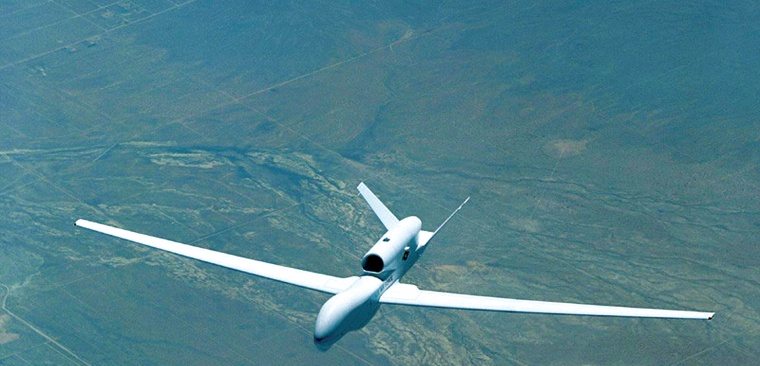
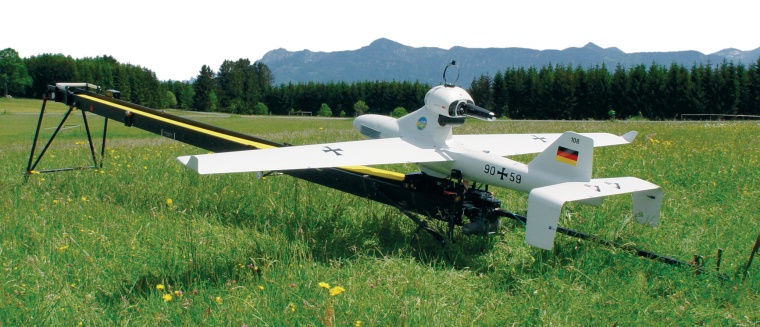
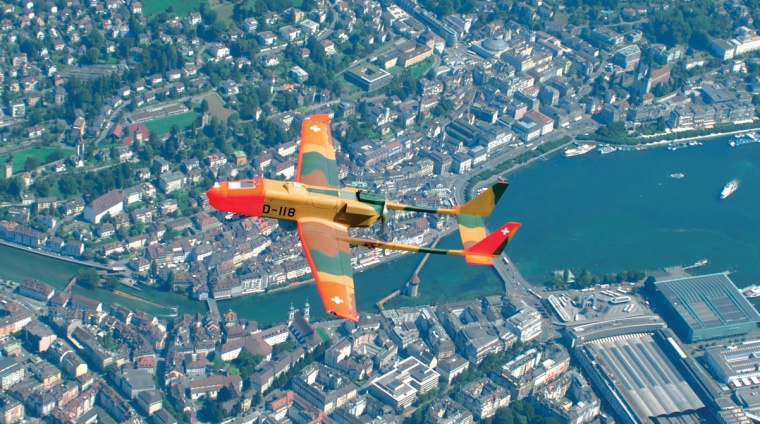
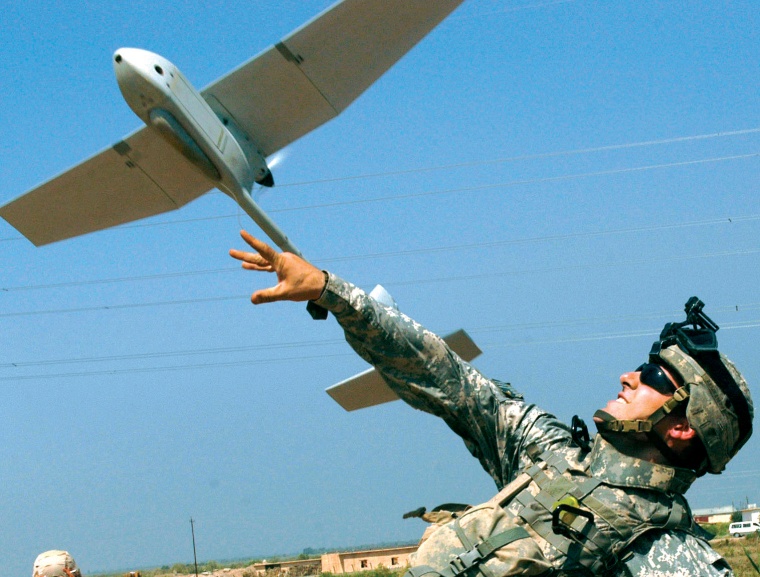
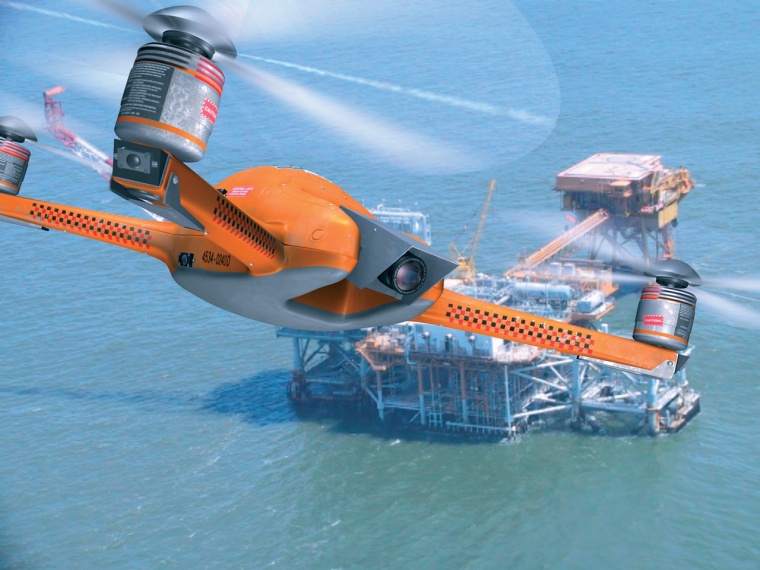
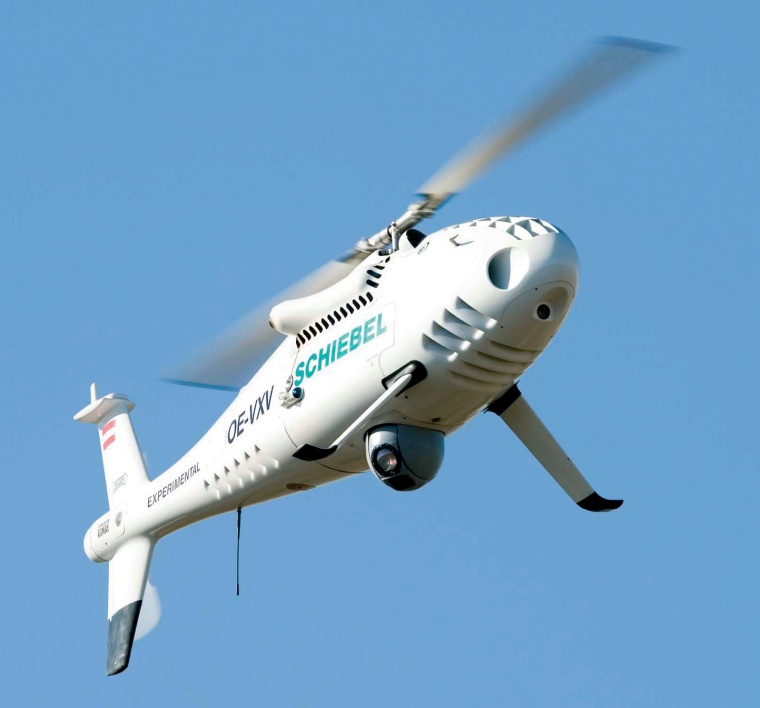
Micro Drones - the potential of UAV's for security. There is fire. Street barricades made from trash containers thrown upside down have been ignited. The burning plastic debris creates thick, dense clouds of black smoke. Small groups of people dressed up in black clothing are running about. They take advantage of a counter demonstration which has been provoked by some skin heads shouting their obscure slogans into the megaphones. Always melting back into the peaceful crowd, the black-dressed people from time to time get organised to small groups, boosting the commotion again and again.
Some 6,000 people are out here, demonstrating against a few right wing extremists who almost disappear within the turbulence. 4,000 police man are busy to keep the two groups apart. Yet a few dozens of anarchists manage to escalate the situation, provoking the police over and over. Water cannons are rolling in, shooting their harsh blast against the rioters, but they cannot respond to the multitude of assaults. A police helicopter is waiting with its turbines running, yet it stays grounded because the police does not want its loud sound contributing to still more commotion.
This happened in Göttingen, Germany, in October 2005. Still today, the ugly spots are seen where the burning trash has damaged the street asphalt. This is just one example where a smart air reconnaissance system like a micro drone would have helped to control the situation. The robot would have been stealthy, almost noiseless, and frankly not noticeable when loitering silently a few hundred feet above ground, while transmitting live video down to the police commander.
The smart system would have kept him updated with the rioters‘ movements, putting him in position to block their path of destruction by sending some forces, exactly to the points of interest. Zoom lenses would have saved digital material to identify the riot leaders, collecting evidence for prosecution.
Drones, a Hotspot in Technological R&D
Today, drones represent a hotspot in technological R&D. UAV systems (unmanned aerial vehicles) make the most dynamic market section within the whole airspace industry. This applies, alas, to the military market only. Despite the growing demand in civil applications like facility protection, major event surveillance, border protection and crime control, civil drones are still restricted to experimental use.
When analysing the market restraints one realises that the obstacles originate rather from law than technology. For many years, industry, customers, and air authorities have formed a ‚self-blocking‘ triade. Customers were not bold enough to think for an innovative solution to their problems. The industry, in contrast, was well aware of the application potential but did not develop a smart solution because of the market lack, and the lack of guidelines set by air authorities.
And the latter did not issue rules for building and flying drones as long as the industry did not apply for civil product clearance. And, frankly, the air people did not want to have still more metal up there, enhancing air crash probability. Moreover, Europe‘s military forces were subjected to budget-driven prioritisation, so, many of them failed their traditional role as the main national customer.
Hence, R&D money was tight, and many European states slept away the chances. The market took place elsewhere in the world. Finally, however, considerable pressure arose from the successful deployment of – mostly – American drones during the latest conflicts in Kosovo, Iraq, and Afghanistan. So, it was the military achievements that boosted civil drone technology.
UAV Categories
There are three main categories of UAV:
- HALE (High Altitude Long Endurance, or, ‚stategic drones‘) are super-expensive systems flying at an altitude of 15–30 km, way above the corridors of transoceanic traffic. HALEs stay airborne for more than 35 hours, fly around half the globe and back, while scanning the terrain below with sophisticated sensors like could-penetrating radar of high resolution. Night and day. An example for a HALE is the EuroHawk, a modification of the Global Hawk developed by California-based Northop Grumman.
- ‚Tactical drones‘ have a range of some 100– 300 km, operating 1–5 km high for several hours. Often, they are launched from a catapult, grounding with a parachute after mission. Hence, they do not require a runway but may be launched and operated at any site. An example is the Ranger drone flying in Switzerland. For many years, the Ranger has been the only European system allowed for civil applications like forest fire detection, natural disaster management (e.g., avalanche), and border protection.
- Micro drones are UAV with a few kilometres range, and an endurance of 0.5 to two hours. Usually, they fly just a few hundred metres high. Since their payload capacity is limited, they often carry merely a video camera. The most simple systems of these, of course, are micro drones, or, MAV (micro aerial vehicle), respectively. The robots usually weigh less than 5 kg, with some of them resembling airplane models.
Yet let us get back to the beginning: these micro UAV indeed do have the potential to get the civil UAV market rolling.
Air Law and Micro-UAVs
Although looking like toys, micro UAVs are sophisticated robots. They are equipped with powerful avionics (inertial measurement unit, compass, barometer, GPS etc.) that allow for self-steering, and automatic navigation capabilities. Usually, they operate at low flight levels in non-segregated airspace which is subjected to visual flight rules (VFR). Hence, a powerful sense-and-avoid (SAA) system is required to compensate for the missing pilot aboard the aircraft. Otherwise, they will not be cleared for take-off by air authorities.
Circumventing this restraint, some people falsely declare their drone as a ‚model airplane‘, an arbitrary measure that does neither reflect the intention of a reputable user nor the conception of traffic and air authorities. During the 2006 Soccer World Cup in Germany, however, restricted airspace areas have been established on behalf of the ministry of the Interior in order to minimise the probability of an air assault. Any VFR flight was strictly prohibited within these areas. The ‚no flight zones‘ reached from ground level up to an altitude of 1.6, or, 3.3 km, respectively.
We may assume that in the future major public events will be subjected to similar measures. It seems feasible that restricted airspace areas might be handed to UAV operators in an exclusive manner. Moreover, local air traffic management (ATM) authorities may be established during the event.
Similar measures may be taken in the field of facility protection. There is no lack of critical plants: oil refineries, nuclear power plants, container terminals, centres of traffic infrastructure, etc. In all these cases, an airborne video camera would provide a higher level of security. Upon access violation, the camera would be at any site of the factory premises within seconds.
Larger facilities maintain a control centre equipped with monitor screens; here, the drone video data may be fed in. In fact, establishing temporary UAV areas will both increase public security, and provide some boosting to the civil drone market. Micro drones are hence considered the tool that will break the seal of technology, in civil applications. It must be added that public video observation in some countries is regarded as an encroachment on basic rights.
So, the presence of video observation systems must adequately be communicated to the public. As a side effect, already the announcement of drone surveillance may reduce the crime rate.
Maturing the Systems
Technical achievements and intelligent system embedding nowadays have revealed the first practical results. As usual, the United States dominate the field – less on technological than on economical scale. While European drones are just gaining momentum, California-based Aerovironment has just won a bidders battle against a consortium of L3 Communications and BAI Aerosystems. The US$ 127 million contract will set the cutting-edge SME in position to soon deliver its 5,000th ‚Raven‘ micro drone.
European SME still hold a narrow headstart position in the field of so-called micro VTOLs (vertical take-off and landing), hence, aircraft that behave like a helicopter. In an urban environment a VTOL drone does have some clear advantages over the conventional, wing‘d drone: it may start and land vertically at any small site, decrease flight speed to zero if required, and look into a window if necessary. Some of them are capable performing a stop-over on any flat roof or building, or even fly into a big storage depot, or similar.
There even are VTOLs that fly almost noiseless due to silent, electric drive systems.
Drones and Public
Still missing is the big, societal approach. Technology is just one aspect. Others are matters of law (certification, airworthyness, norms, ATM, guidelines issued for construction and operation etc.), risk assessment and insurance, public reasonability, encroachment on basic rights, violation of privacy, ethic considerations, and so on.
Briefly, home security authorities need to deal with the public acceptance of drone technology. Also demanding for investigation are the psychological aspects. How would a medic react when suddenly addressed by a small VTOL that wants him to follow to another victim he has overlooked? What would a squad leader say when a flying drone tells him to quickly leave the site because of a new threat caused by explosives? Consider a family sitting for hours on a roof while being surrounded by brown, flooding water, would they accept psychological support provided by a robot? This is no longer an utopia.
Technology is there to build silent air robots that may stand still in the air, talking to people. Well, actually, it is the operator who communicates via a handsfree speaking system, yet the impression is as if the robot itself is speaking, and listening.
In a few years these systems will be available to certain authorities. Smart air robots will enhance public security, and increase the efficiency of executive forces. The most striking argument, however, is that both the purchase costs and the operation expenses are moderate. Micro drones are the most affordable UAV systems ever.
Hence, micro UAV do represent the market clue necessary to get the autonomous systems market rolling. In fact, we currently see a disruptive technology making its way. There are risks that must not be disregarded, yet there are also tremendous chances. Currently, we are standing right at the beginning of a fascinating development. And we can only hope that the public discussion will be open minded, and not burdened with prejudice.
If we don‘t take the chance, other nations will do. If we miss the clue, we will lose our option for influence. Still we have bright brains and clever engineers. Still we have the money to support a great idea. Let‘s go for it.
Dr Michael Groß
Contact:
Dr Michael Groß
gross-michael@freennet.de
most read

Assa Abloy's battery-powered Aperio KL100 secures lockers
Boost workplace security and operational flexibility by securing more than just doors.

When the Internet stumbles: Why DNS is important
When DNS fails, the internet stumbles-AWS outage proves resilience and redundancy are vital for digital trust

Integrated and Futureproof: Traka’s Next Chapter
Interview with Stefni Oliver on Traka’s Vision for the Future

What Does Ethical AI Governance Look Like in Practice?
The InCyber Briefing will explore AI, post-quantum readiness, data sovereignty, and crisis simulation

Is Your Venue Ready for Martyn’s Law?
Martyn’s Law demands stronger security by 2027. Is your venue prepared to protect and respond?






